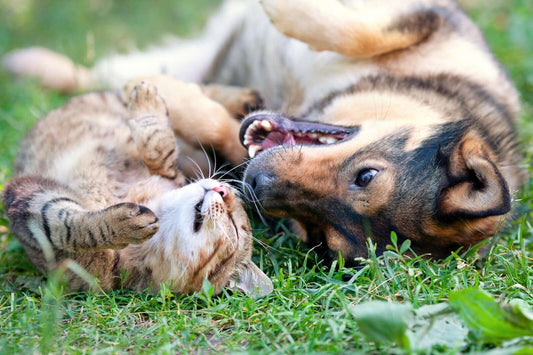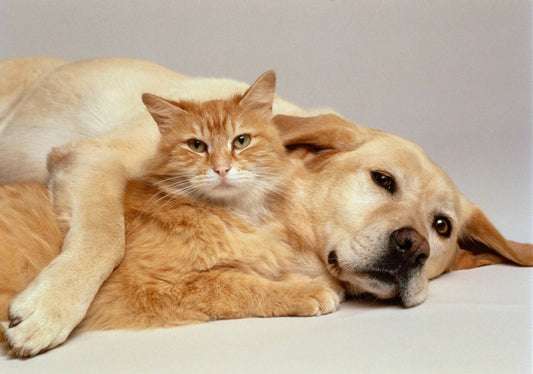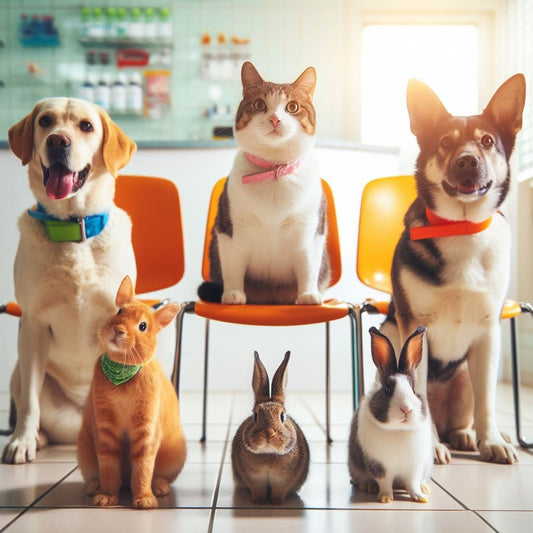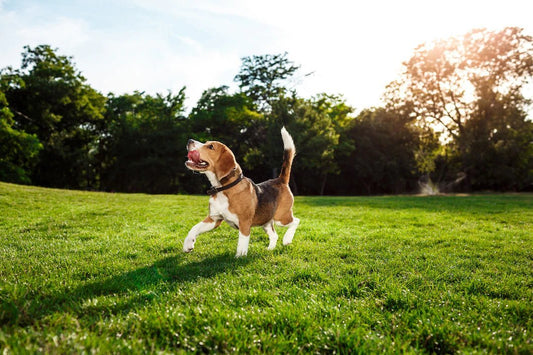Just like humans, dogs can be depressed. This can be due to various reasons such as death of an owner, relocation, loss of a companion pet, traumatic incidents like accidents or natural disasters etc. Here are the warning signs to help you detect depression in dogs and how you can help them.
Important: Dogs can display the symptoms mentioned below if they’re physically unwell too like arthritis, eczema etc. So before treating your dog for depression, ensure that your dog has received a clean bill of health from your veterinarian.
Depression in Dogs #1: Sudden Appetite Change

Symptom: Refusing a meal or two may not be a cause for concern. But if you notice a common pattern such as refusing treats, vomiting, disproportional increase in thirst, lethargy or disinterest in finishing meals, it can be a warning sign for depression in dogs.
Treatment: Hand feeding can be comforting in this case. Changing the temperature and consistency can help too. You could also try new dog food items to pique their attention.
Depression in Dogs #2: Lack of Enthusiasm

Symptom: The biggest warning sign of depression in dogs is when they lack the energy to do things they previously enjoyed — be it playtime or simply rushing to greet you at the door. He may even prefer to withdraw and avoid human contact altogether.
Treatment: While it is instinctive to cuddle a sad dog, this could actually reinforce his negative behaviour. Instead, stimulate him with outdoor activities. Example: If your dog liked long drives or playing with the frisbee, make more time for the same. Remember to praise him every time he displays happy behaviour to encourage him.
Depression in Dogs #3: Sleeping Pattern Changes

Symptom: On average, dogs sleep 14 hours a day. But if he is sleeping longer or is having trouble falling sleeping, it could be a warning sign of your dog’s depression.
Treatment: Exercise and diet are vital for good sleep. Make walks fun by adding games or taking him time to parks where he can interact with other dogs. This can help boost his confidence. Do not comfort a sad dog with excessive food. This can lead to obesity and other health issues.
Depression in Dogs #4: Rebellious Behaviour

Symptom: If your dog is snappy, disobedient or displays signs of separation anxiety for a prolonged period of time, your dog is definitely unhappy. Relieving indoors is also a sure-shot warning sign.
Treatment: Work on slow and steady steps to curb separation anxiety. Lack of stimulation can make dogs act out so channel their energy with exercise and stimulating games. Do not forget to reward them for good behaviour.
Depression in Dogs #5: Excessive Licking

Symptom: A sad dog can take to self-soothing by licking his fur, gnawing on paws and chewing at himself on impulse.
Treatment: Self-soothing in various forms usually stems from deep rooted psychological issues. It is best to consult a veterinarian or behaviourist to decide on the treatment plan.
Depression in dogs may take a while to detect and tackle. Be patient and give your dog time to recuperate. If the above steps don’t work, head to a vet or canine behaviourist. It is important to log in your observations and have sound knowledge of your dog’s history and routine to make treatment easier.











